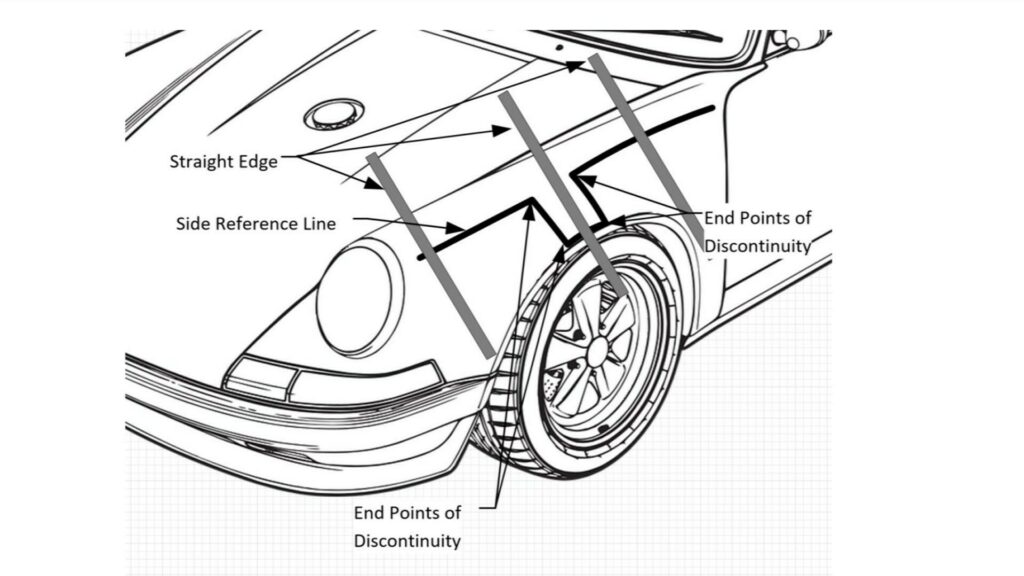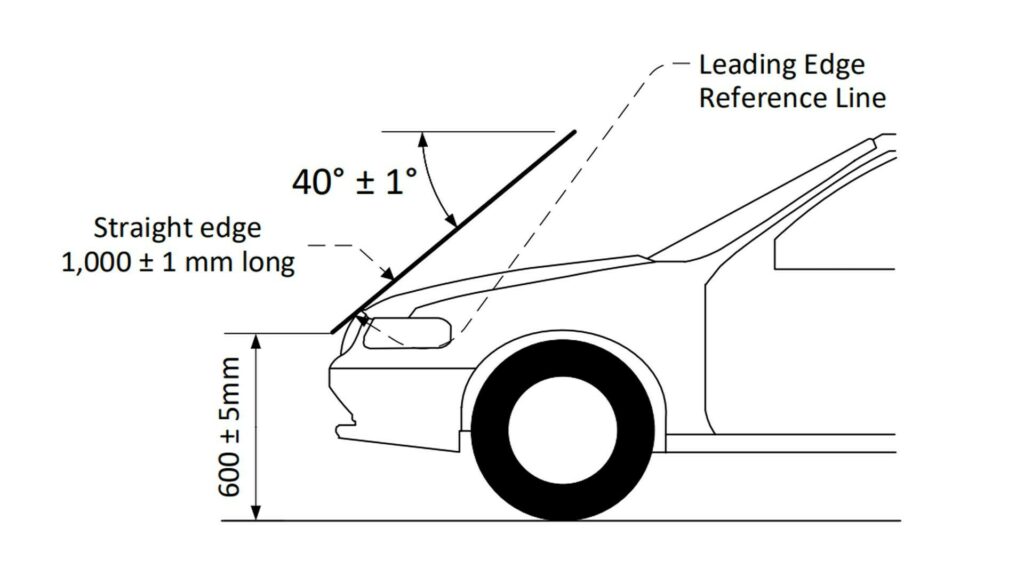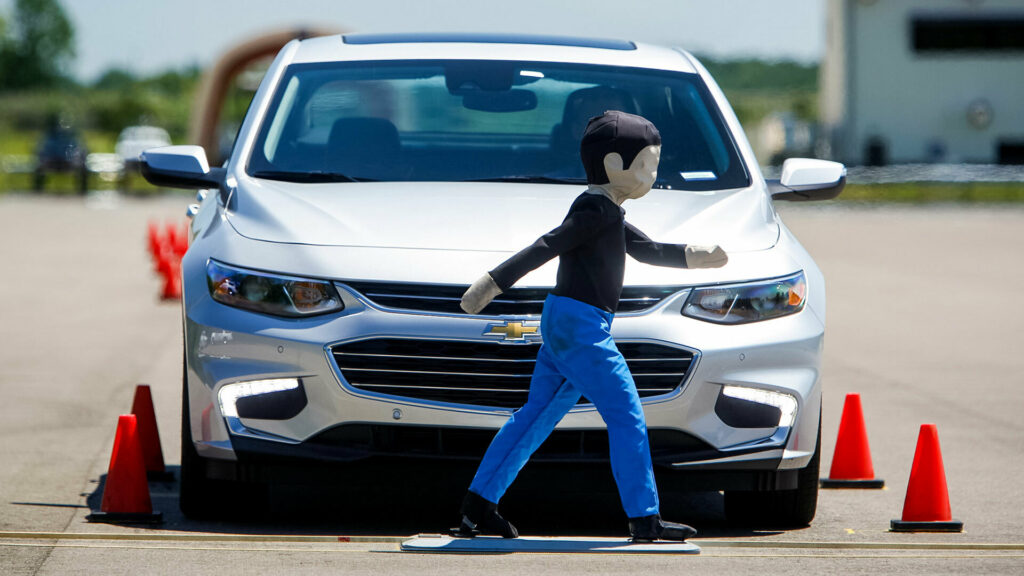- The NHTSA has proposed a new rule that would change how vehicles are designed and tested.
- The proposal focuses on pedestrian safety and could lead to drastic changes for hoods and grilles.
- The styling changes are expected to reduce fuel efficiency and only 67 lives would be saved annually.
In less than a decade, the number of pedestrians killed in motor vehicle accidents has more than doubled. The government is now proposing a new rule that would change how vehicles are designed in an effort to reduce pedestrian deaths.
Under the plan, passenger vehicles weighing 10,000 lbs (4,536 kg) or less would need to comply with a new pedestrian head protection as standard. This means virtually all cars, trucks, and SUVs would be impacted.
More: The Taller The Hood, The Deadlier The Vehicle For Pedestrians, Study Finds
While the proposal spans 238 pages, the main focus is on a new standard that would “require vehicles to meet a head injury criterion when subjected to testing simulating a head-to-hood impact. The vehicles would have to reduce the risk of serious to fatal head injury to child and adult pedestrians in impacts at vehicle speeds up to 25 mph (40 km/h), which encompass about 70 percent of pedestrian injuries from vehicle impacts.”
As part of this effort, vehicles would be tested with “human-like headforms” that would measure head-to-hood impacts. These would be designed to “represent a diverse range of pedestrians, from a small child to an adult.”

In order to meet the new safety standards, vehicles would need to be redesigned. The government mentioned everything from hoods to grilles to corners. These changes would cost consumers as the government said the “impact to fuel economy is estimated to be in the range of $2.86 – $3.50 for passenger cars.” However, that’s said to be over the lifetime of a vehicle.
While the proposal is well-intentioned, its impact would be minimal as the National Highway Traffic Safety Administration estimated it would only save 67 lives a year. That’s not much when you’re talking about over 7,000 pedestrian fatalities annually.





